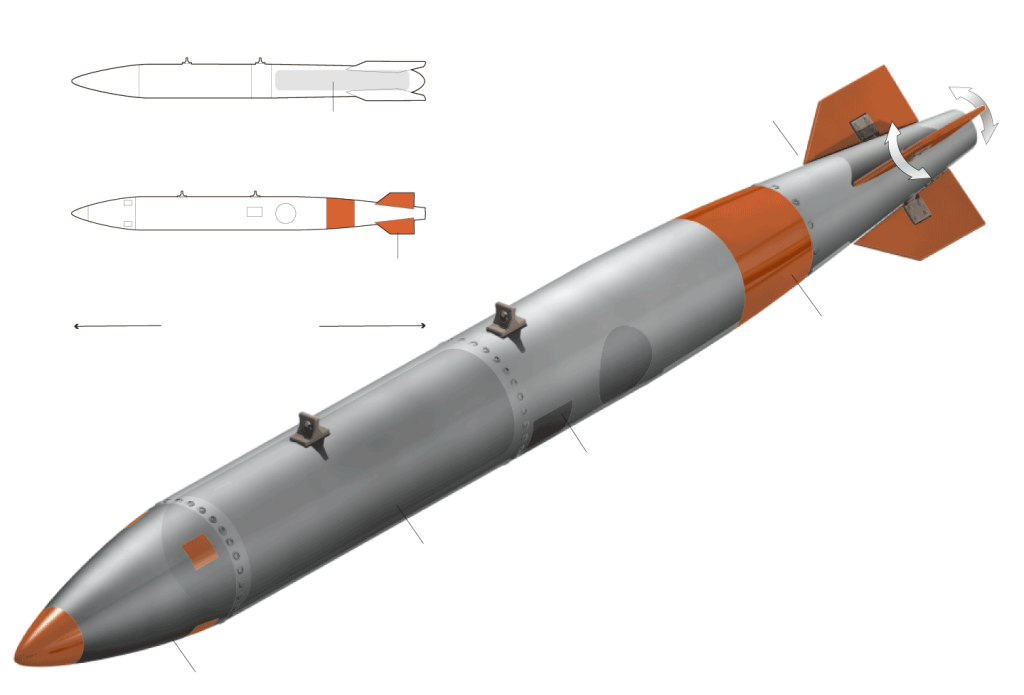14 January – The NY Times reports that the Pentagon has been developing the B61 Model 12, the nation’s first precision-guided atom bomb. Adapted from an older weapon, the Model 12 was designed with problems like North Korea in mind: Its computer brain and four maneuverable fins let it zero in on deeply buried targets like testing tunnels and weapon sites and its yield can be dialed up or down depending on the target, to minimize collateral damage. The B61 Model 12 flight-tested last year in Nevada and is the first of five new warhead types planned as part of an atomic revitalization estimated to cost up to $1 trillion over three decades. As a family, the weapons and their delivery systems move toward the small, the stealthy and the precise.
And some say that’s the problem. The Federation of American Scientists argues that the high accuracy and low destructive settings means military commanders might press to use the bomb in an attack, knowing the radioactive fallout and collateral damage would be limited. Increasing the accuracy also broadens the type of targets that the B61 can be used to attack.
Some say that a new nuclear tipped cruise missile under development might sway a future president to contemplate “limited nuclear war.” Worse yet, because the missile comes in nuclear and non-nuclear varieties, a foe under attack might assume the worst and overreact, initiating nuclear war. In a recent interview, General James Cartwright, a retired four-star general who last served as the eighth Vice Chairman of the Joint Chiefs of Staff says the overall modernization plan might change how military commanders looked at the risks of using nuclear weapons. “What if I bring real precision to these weapons?” says Cartwright. “Does it make them more usable? It could be.”
